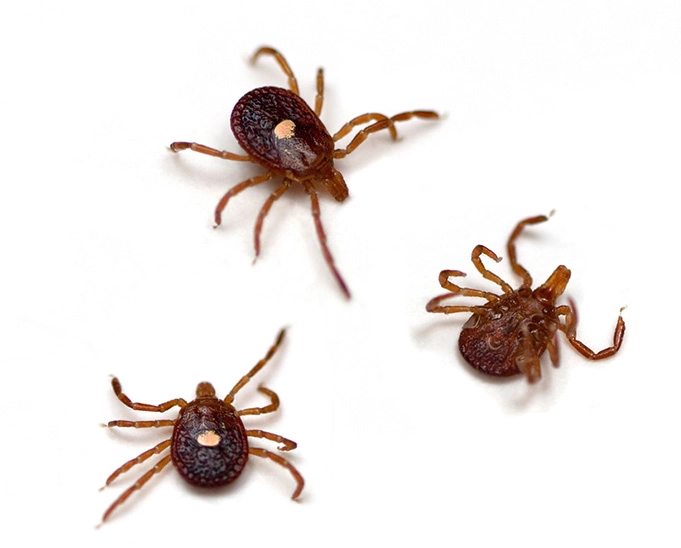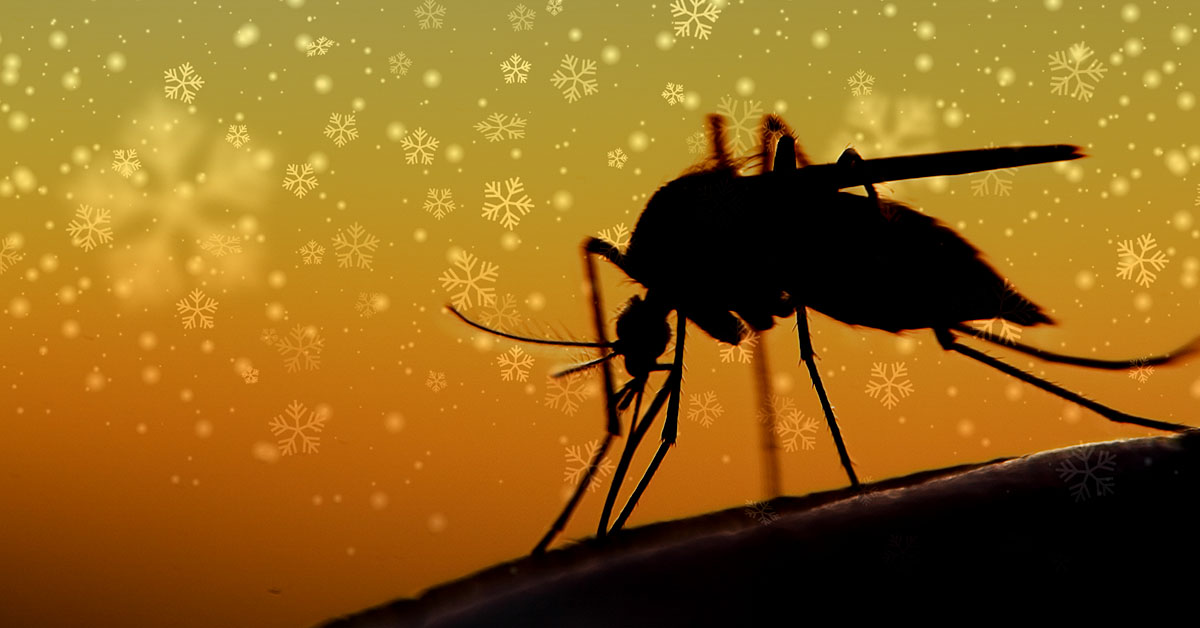The lone star tick, also known as the turkey tick or northeastern water tick, is most likely to be encountered in early spring through late fall. It gets its name from the female having a white dot on her back. They are characterized as particularly aggressive. Until recently, the lone star tick was found more often in the southern United States. They have been migrating upward over time. The ideal environment for lone star ticks is wooded areas, particularly forests with thick underbrush, and deer-inhabited areas.
While the bite rash can appear similar to the one created by deer ticks transferring Lyme disease, lone star dicks cannot transmit the disease. The rash may come with symptoms including muscle pains, headache, fatigue, and fever. The saliva can be an irritant, and some patients bitten by the lone star tick have reported allergic reactions. Lone star ticks are known to have a painless bite, allowing them to go unnoticed on the host for longer stretches of time.
At East End Tick & Mosquito Control®, we’re always ready to help you with your pest control needs. Contact us for a free, no obligation quote, or call us at 631-287-9700 to get started today.
The most common diseases caused by lone star tick bites are tularemia and ehrlichiosis. Less commonly, they can cause alpha-gal syndrome (allergic reaction to meat).
While they can technically carry the bacteria that causes Lyme disease, they are not likely to transmit it to hosts. They do, however, transmit STARI (southern tick-associated rash illness), which can resemble the initial symptoms of Lyme disease. Recovery is faster, and symptoms vary slightly. For example, the time from the tick bite to the emergence of lesions is quicker, and STARI patients are less likely to have symptoms other than the rash. The lesions themselves are slightly smaller and more circular in shape.





